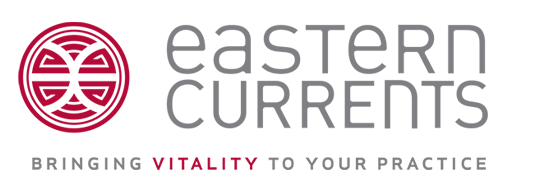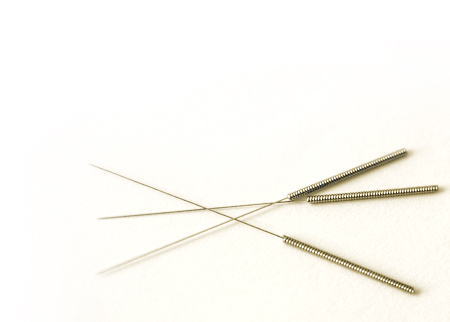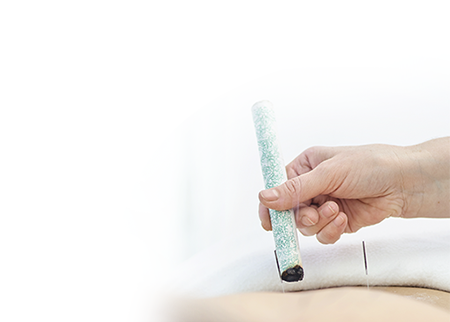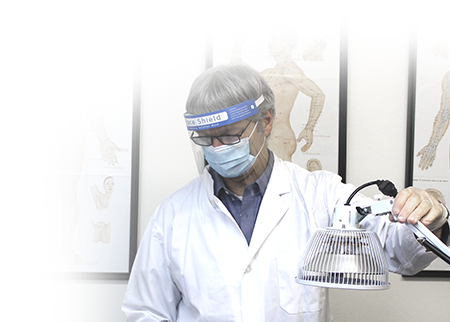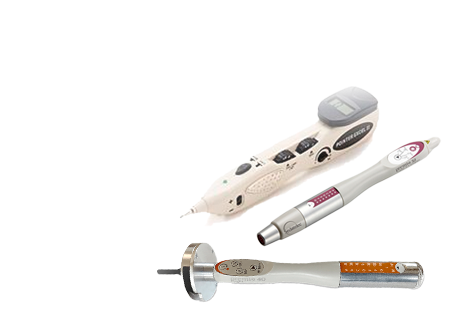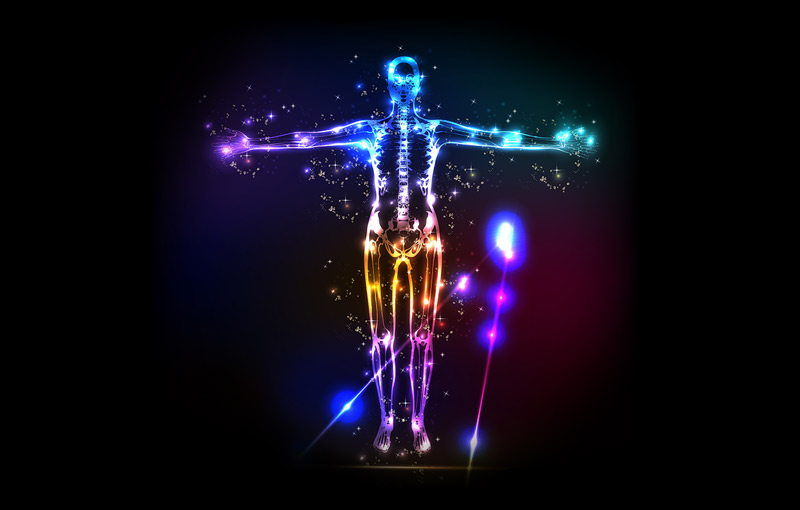A Body Of Qi Leave a comment
by Elisabeth Rochat de la Vallee –
A Body in Transformation
The body that is spoken about in the Chinese classical medical texts is always a living body, not a body devoid of life, a corpse, an anatomical body as an inert cadaver which is cut with the scalpel, the blade of the dissector. The body is perceived as a form in unceasing transformations, ever in motion, with all kinds of flow running inside. Nothing is still, immobile in the body at the likeness of all that exists in the cosmos.
The body – and what emanates from it, is emitted by it – is what is perceived of someone by the sense organs. We detect appearances, features, sounds, smell; we discern colours and variation of the complexion, manners; we touch, palpate, feel, stroke; we trigger reactions that enrich our information and maintain the relationship. What we perceive is never the same, changing subtlety, almost imperceptibly, or presenting a major metamorphosis; in any case, it is the reflection, the mirror image, of transformations happening inside the body.
That what we perceive of the body and of what is emitted and manifested by the body is the very basis for the diagnosis, since it is the only way to know the organic functions, circulations, and inner disposition of the mind and the spirit. Even the tiniest transformation has a meaning, gives something to know of the inner reality. These transformations are all operated by the qi; they are the qi transformations (qi hua 氣化). Therefore they reveal the regularity or the disorder in the yin yang qi interactions in a person. These interactions of qi make up the totality of life, physiology as well as psychology, liquids and substances as well as mind and spirit. All these levels of a person are constantly in exchange, acting and reacting one with all the others.
A Natural Order for the Qi Interactions
The exchanges of qi are codified according to the natural or heavenly order. This is the organization that humans perceive in the incessant transformations weaving together their existence.
Among the several possible patterns/models of organization, let us select the yin yang and the Five agents (or elements) (yin yang wu xing 陰陽五行). This organization pertains to five fundamental modalities of activity – the whole of the manifestation of life in the universe – in order to know how each of the five qi operate, the way they interact with the others, where they come from and what they are directed towards. Material necessary to the upkeep of life, the Five elements (Wood, Fire, Earth, Metal and Water) become the Five agents or Phases, the great base rubrics for a cosmology founded on correlations and correspondences. They organize the universe into series of phenomena each connected one to the other, within each series and between series. The phenomena and the beings belong to one series sharing the same qi. Everything that exists is thus divided into five great rubrics or categories, according to the five qi, representing each agent’s mode of activity.
Each phenomenon thus finds its place in space and time and receives as a consequence the master rules of its transformations and evolutions.
The relationships between the qi or modes of activity are standardized and expressed within “cycles” and interactions. These cycles indicate how a qi affects other qi or elements and how it is affected by and reacts to them.
The Five agents (elements, phases) are Five organizers of the exchange of qi weaving all forms of life; Five movers of the qi, moving the qi in five specific ways (manners) to allow all interactions. Each of the Five qi acting and reacting according to its proper nature, specific movement.
It is thus that the internal and external realities of the body are qualified. Consider for example the five qi sent by Heaven: the cold is associated with water, the wind with wood, heat with fire, dampness with earth, dryness with metal. The same applies to the organs, the parts of the body, the emotions, the aspects of the mind and spirit, the sense organs (upper orifices) etc.
The Five zang organs more than merely represent, are indeed the Five agents (elements, phases) making and maintaining life in a human being: Liver-Wood, Heart-Fire, Spleen-Earth, Lung-Metal, and Kidney-Water.
Given that the qi of the Five agents are the operational modalities of the organs, the cycles or patterns/models of their interactions allow the therapist to recognize the coherence of clinical signs, to establish a diagnosis and to decide upon a treatment.
Organ images
In Chinese medicine, the term “organ images” (zang xiang 藏象) is used to refer to which of the Five qi each zang organ resembles, has for model, is analogous to. An organ is attached to an agent (element). It shows characteristic traits and features associated to a specific image/model; the functioning of the zang organ is analogous to the way one of the Five qi has to act and react, to proceed. The organ, likewise, presents at a given moment certain disorders that attach themselves to models. The state of an organ may be analyzed thus and its situation modeled, its evolutions may be foreseen and the effects of an intervention known. There is a model for the yin yang disorder or the disorder in the interaction of qi, which is the very definition of illness.
Health is the respect of the natural order in the movements and exchanges of the qi happening within the individual, within the body, according to the same model that occurs in nature.
This implies that knowledge of an organ is not knowledge of its atomic mass (although this is related), but it is rather first a knowledge of the movement of the qi that the organ mirrors and which is at work at every level of an individual’s life. The knowledge of normal functioning and the pathology of an organ comes with the comprehension of the elementary qi upon which the organ depends.
Let’s take an example: the Liver is associated with Wood, the Spring, the East and the sunrise. It is associated with wind arousing activity, with the colour green and with young shoots, with the sour flavour, etc. Thus the observation and the intelligence of the qi which brings forth the spring and pulsates sap from roots to stem tips, which makes the sun rise in the east and which manifests as the wind able to put things into motion, to carry things afar, to knock down obstacles, and which runs the risk of turning into a destructive storm, gives a real and efficient knowledge of what is called the Liver in Chinese medicine. The liver, before it is a material, corporeal mass, is the mode of action of a specific physiological, psychological and mental qi. It opens passages, frees obstructions, and gives courage to move resolutely forward. It allows the projection of the spirit into the future, allows us to see far ahead, to imagine, to reason, etc.
The qi of the Liver manifests in corporeal form (nails), in liquids leaving the body (tears), in sensory activities (vision), in emotion (anger), in specific complexion, movement speaking, swelling, deformation, etc. All the levels communicate as they interact with the four other modalities of the qi.
Reading the signs
One who has truly and profoundly understood the nature of the different qi and the five organs can correctly interpret the signs shown by the body. For this interpretation, the practitioner uses the models offered by knowledge and reasoning that are founded upon analogy, image (xiang 象), experience, and deduction.
This knowledge is neither light nor superficial. It demands a long practice, an art of observation, a mind both free and concentrated, and an intelligence that can finely associate analogies, recognize images (symbols, models, xiang 象) in the signs of qi perceived through the patient’s body and that may analyze and interpret them.
The practitioner must therefore know the qi and their models of interaction in order to estimate their dysfunction in the patient and be able to work to rectify them.
The patients emit all kinds of signs: the way they present themselves, walk, speak, the way their bodies make sound and noise, the way their eyes shine or are dull, the subtle hues of their face coloured by the blood and the circulating qi (complexion), as well as the multiple differences to be observed with palpation: the rhythm, force and depth of the blood flow (pulse), redness and swelling, aches and pains whose locations and natures, as well as the period of time they appear or are at a peak, etc. must be acutely analyzed. Everything is a sign because everything is a manifestation of the qi as it is acting within the patient. Everything has meaning, since being a manifestation of the qi, the sign reveals the qi and allows an apprehension of its nature and its becoming.
A symptom is thus the sign visible from the exterior of an interior disorder in the exchanges of qi ordered by the five zang. The sign is visible because of the body. The body makes visible, observable and recognizable the condition of the yin yang qi.
The interior reality of the exchanges of the qi manifest on the exterior, where good and bad states are reflected, as well as the order or disorder of the exchanges.
Since illness is always an imbalance in the relationships between the yin and yang qi, the diagnosis observes the manifestations of these qi and analyzes them to know their causes and the processes of the disorder. The correct reading of the qi leads to the inner function responsible for the disorder; further observations, questions, consideration uncover the original cause: emotions and desires, inappropriate diet, ill-considered sexual relations, exhaustion, cold, dampness, etc.
Healing Transformation
The treatment reestablishes the best order possible in the exchanges and interactions, the successions and transformations of the yin yang qi. As a result, changes occur in the body form, colour, swelling, appearance, manner, etc.
What a patient shows through their body, in a given moment, is always an ensemble of qi that is already changing. No diagnosis can be made once and for all for a single individual; no treatment can be set ahead of time.
Recovering better balance and a more harmonious situation, nearer to a natural unfolding of vital movements, may lead a person to carry out a transformation deeper within oneself, at the place where life is ordered, in the heart-mind, the spirit. This is when healing happens. A change in the person’s heart may allow the restored order to no longer be affected by the same cause, for what commands/orders it, in the supreme instance, the movement of the qi, is now in better harmony with the natural processes of life.
The ones who wish to cultivate their vital potency and improve their spirit, to come back to their original nature and fulfill their destiny, follow the same way.
Getting rid of a symptom so that others may simply appear soonafter in their place because the root has not been treated is pointless. As it is futile to cultivate oneself for only the sake of a longer and better earthly life. What is important is to nourish life, in order to embody more and more the way of heaven.
The work on the body and by the body is salient to guide the qi and to rectify the mind.
Through this work, the spiritual life – which is abiding by the heavenly order or process of life – is developed. This allows in turn to continue to improve the natural order of life and the body transformation. Daoist practices give a good example of that. Body exercises such as breathing, walking, moving the body to work on the qi (qigong); inner visualizations that provide symbolic images of life forces inside the body to know and guide them, etc. conduct the qi transformations in a way that can lead to the final transformation of the material and earthly body in a body of light, belonging to heaven.
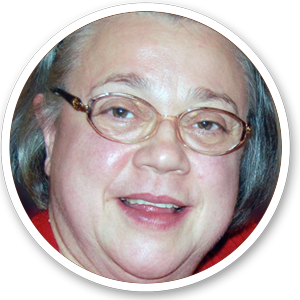
Elisabeth Rochat de la Vallee is an internationally recognized author and scholar in the field of the Chinese medical classics. Beginning in 1976, she collaborated with scholars Fr. Larre and Dr. Jean Schatz on publications on Chinese philosophy and classical Chinese medical texts. Her published works include numerous texts in French and Italian.
Elisabeth Rochat de la Vallee believes that the real knowledge of the Chinese vision of life is useful not only to understand Chinese medicine from a scholarly point of view, but also to deepen one’s practical approach and clinical skill. This is the reason why she always reads, translates and explains texts that present a precise pathology and its diagnosis, treatment or a reflection on the nature and meaning of human life or anything in between.
